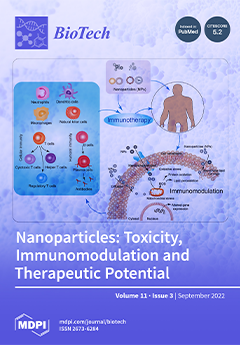Wheat is one of the essential grains grown in large areas. Identifying the genetic structure of agronomic and morphological traits of wheat can help to discover the genetic mechanisms of grain yield. In order to map the morpho-phenological traits, an experiment was conducted
[...] Read more.
Wheat is one of the essential grains grown in large areas. Identifying the genetic structure of agronomic and morphological traits of wheat can help to discover the genetic mechanisms of grain yield. In order to map the morpho-phenological traits, an experiment was conducted in the two cropping years of 2020 and 2021 on the university farm of the Faculty of Agriculture, GonbadKavous University. This study used two F8 populations, including 120 lines resulting from Gonbad × Zagros and Gonbad × Kuhdasht. The number of days to physiological maturity, number of days to flowering, number of germinated grains, number of tillers, number of tillers per plant, grain filling periods, plant height, peduncle length, spike length, awn length, spike weight, peduncle diameter, flag leaf length and weight, number of spikelets per spike, number of grains per spike, grain length, grain width, 1000-grain weight, biomass, grain yield, harvest index, straw-weight, and number of fertile spikelets per spike were measured. A total of 21 and 13 QTLs were identified for 11 and 13 traits in 2020 and 2021, respectively. In 2020, qGL-3D and qHI-1A were identified for grain length and harvest index on chromosomes 3D and 1A, explaining over 20% phenotypic variation, respectively. qNT-5B, qNTS-2D, and qSL-1D were identified on chromosomes 5B, 2D, and 1D with the LOD scores of 4.5, 4.13, and 3.89 in 2021, respectively.
Full article






